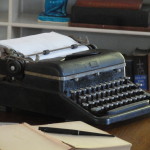 The last few days of 2015 are bringing me somewhat of a breather from science traveling and writing and reading. It’s been a busy year in all respects. The writing scene has been especially productive.
The last few days of 2015 are bringing me somewhat of a breather from science traveling and writing and reading. It’s been a busy year in all respects. The writing scene has been especially productive.
Edison: The Inventor of the Modern World was the biggest project this year, though definitely not the only one. Following on the success of Tesla: The Wizard of Electricity (which enjoyed its 3rd, 4th, and 5th printings in 2015!), Fall River Press of Sterling Publishing asked me to write a follow up in the same style. So not only is Tesla still in Barnes and Noble stores, it will be joined in the summer of 2016 by Edison. Needless to say, writing the Edison book kept me busy writing a good part of the year.
But it didn’t stop there. I also wrote an e-book that looked at the surprisingly many connections between my two favorite historic people. Abraham Lincoln and Nikola Tesla: Connected by Fate is published on Amazon and available for download to Kindle or the Kindle App on any smartphone or tablet. You can also download my earlier e-book: Nikola Tesla: Renewable Energy Ahead of Its Time.
This year also saw a few articles. “Abraham Lincoln: The Majesty and the Math of Niagara Falls” was published in the Sept/Oct issue of The Lincolnian. In addition, the next issue will begin my new recurring column in which I offer reviews of two Lincoln-related books. One of the two will be on a new Lincoln book while the other will review a “Classic Lincoln” book, that is, a book that has been around for a very long time and perhaps forgotten or unknown.
To this you can add an article I wrote for the Smithsonian Civil War Studies.Org online newsletter, “And the War Ends,” plus an article for the CPRC Newsletter. The latest issue of the CPRC Newsletter also included an article about me and the SETAC award I won this year.
And let’s not forget the blogs. Over the course of the last year I’ve written around 250 posts combined for Science Traveler, Hot White Snow, and The Dake Page. That’s a lot of writing.
My opening sentence of this piece is not quite accurate. I’m not actually done writing for the year. I’ve been working diligently on my Lincoln book proposal and will be doing some last fine-tuning of it this week so I can send it to my agent immediately after New Years. While she’s reviewing it I’ll be continuing to write the sample chapters. The goal is to have the publishing contract in place as early in 2016 as possible so that I can be working on that book for a 2017(?) release.
So 2016 should be a very good writing year as well.
David J. Kent has been a scientist for thirty-five years, is an avid science traveler, and an independent Abraham Lincoln historian. He is the author of Tesla: The Wizard of Electricity (now in its 5th printing) and two e-books: Nikola Tesla: Renewable Energy Ahead of Its Time and Abraham Lincoln and Nikola Tesla: Connected by Fate. His book on Thomas Edison is due in Barnes and Noble stores in spring 2016.
Follow me by subscribing by email on the home page. And feel free to “Like” my Facebook author’s page and connect on LinkedIn. Share with your friends using the buttons below.



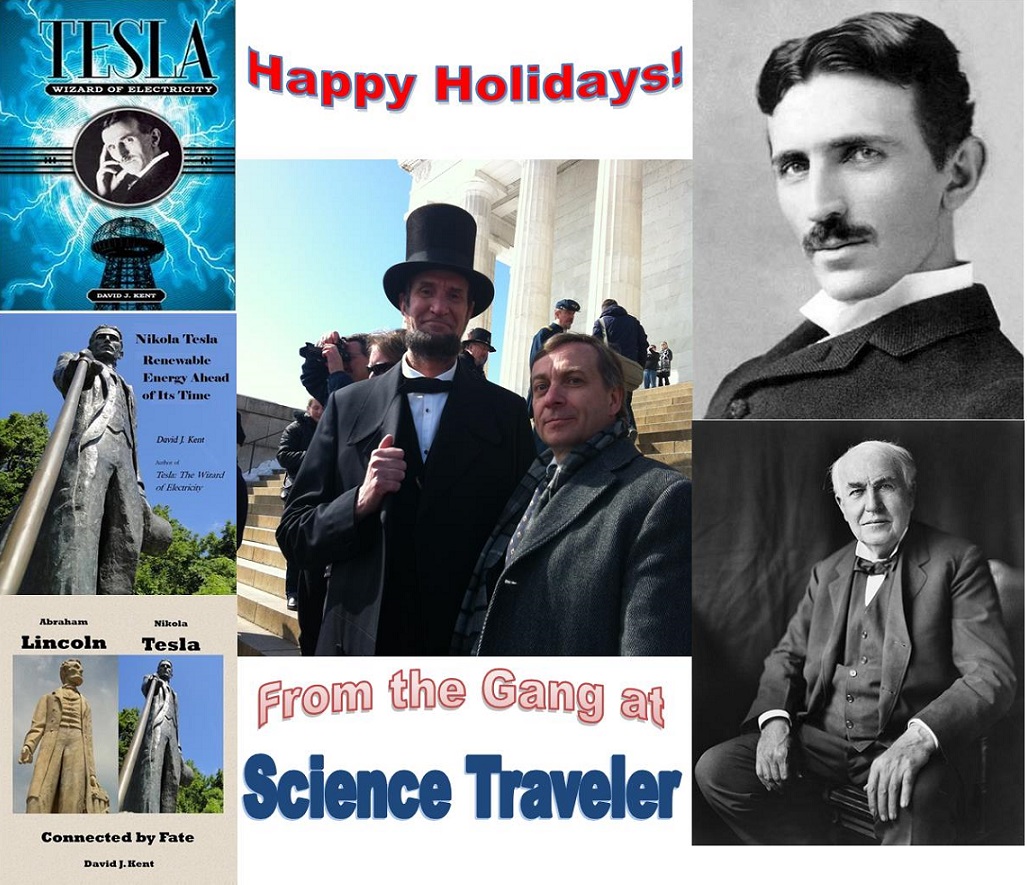
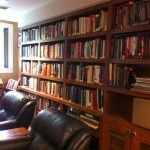 I’m still far short of the 15,000+ books published about Abraham Lincoln, but did make several great acquisitions for my collection in 2015. The following list shows 59 new additions, almost exactly the number
I’m still far short of the 15,000+ books published about Abraham Lincoln, but did make several great acquisitions for my collection in 2015. The following list shows 59 new additions, almost exactly the number 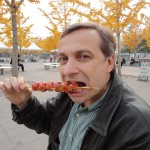 Somehow I managed not to travel anywhere in February, June, and August. But for the other nine months I had at least one out-of-town trip. It was a very good year in Science Traveling. I’ve finished traveling for the year so it’s time for a quick recap.
Somehow I managed not to travel anywhere in February, June, and August. But for the other nine months I had at least one out-of-town trip. It was a very good year in Science Traveling. I’ve finished traveling for the year so it’s time for a quick recap.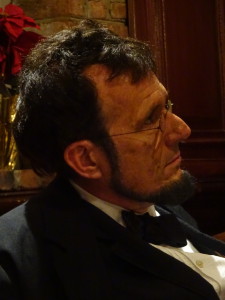

 “…if this part of the natural process were under the control of man he could transform the entire globe.” – Nikola Tesla
“…if this part of the natural process were under the control of man he could transform the entire globe.” – Nikola Tesla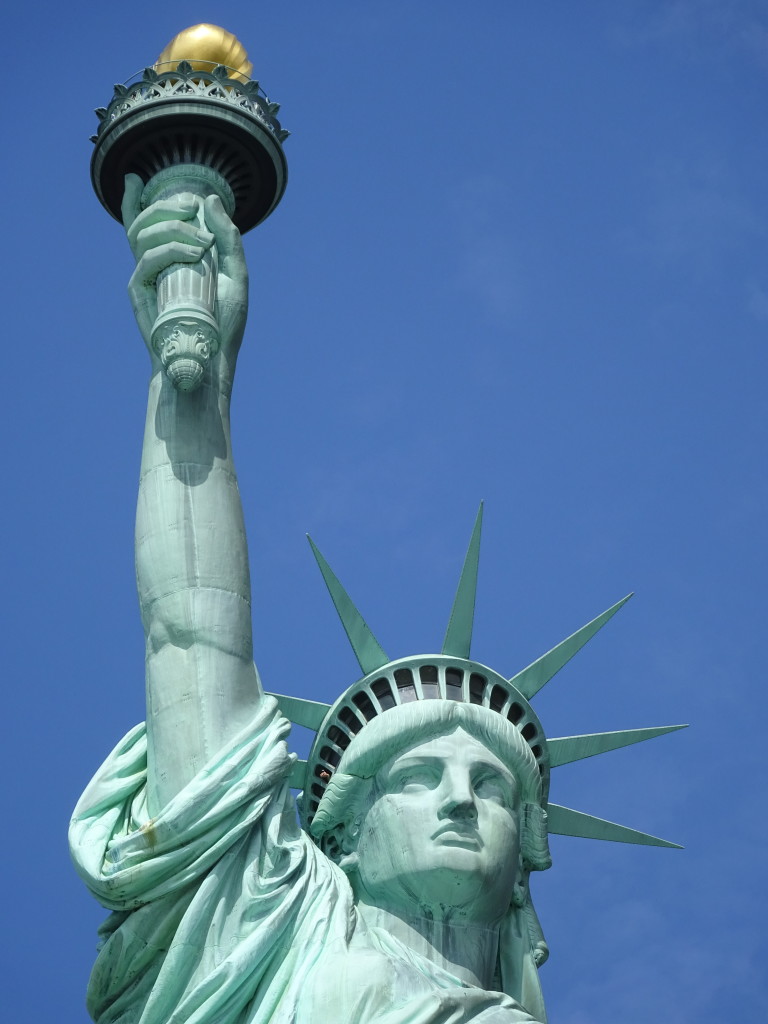
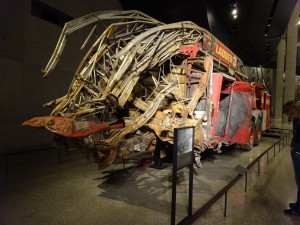 Tesla) circled the boat, we stopped at Ellis Island on the way back, just long enough to remind us that immigration is the fabric of our nation. From there we visited One World Trade Center, called “Freedom Tower” by many. Sitting on the site of the World Trade Towers that fell September 11, 2001, the new building overlooks two reverse pools surrounded by the names of those lost. A museum brings you down into the nightmare that was that day, and also the heroism. It’s a must visit.
Tesla) circled the boat, we stopped at Ellis Island on the way back, just long enough to remind us that immigration is the fabric of our nation. From there we visited One World Trade Center, called “Freedom Tower” by many. Sitting on the site of the World Trade Towers that fell September 11, 2001, the new building overlooks two reverse pools surrounded by the names of those lost. A museum brings you down into the nightmare that was that day, and also the heroism. It’s a must visit.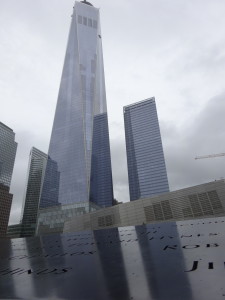
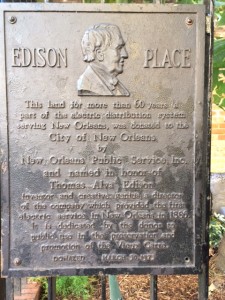 After hosting the Thanksgiving visit the only trip left on the calendar this year is a 4-day weekend in New Orleans. I’ve never been there. After lobbying SETAC for ten years to hold a meeting there they finally scheduled one – for the time that I was working in Brussels and my company refused to allow me to come back for it. I’m looking forward to it, especially now that I know there is a plaque highlighting Thomas Edison in the French Quarter.
After hosting the Thanksgiving visit the only trip left on the calendar this year is a 4-day weekend in New Orleans. I’ve never been there. After lobbying SETAC for ten years to hold a meeting there they finally scheduled one – for the time that I was working in Brussels and my company refused to allow me to come back for it. I’m looking forward to it, especially now that I know there is a plaque highlighting Thomas Edison in the French Quarter.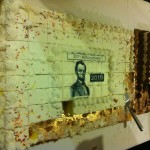 I’ve just returned from the annual Lincoln Forum conference in Gettysburg, Pennsylvania. This was the 20th anniversary event, complete with cake. The Forum fills two and a half days with presentations by renowned Abraham Lincoln scholars, great camaraderie, and books. A lot of books. As usual, my bag coming home is filled with new books picked up at the conference bookstore.
I’ve just returned from the annual Lincoln Forum conference in Gettysburg, Pennsylvania. This was the 20th anniversary event, complete with cake. The Forum fills two and a half days with presentations by renowned Abraham Lincoln scholars, great camaraderie, and books. A lot of books. As usual, my bag coming home is filled with new books picked up at the conference bookstore. Now the books. New additions to my collection include an essay compilation book edited by Frank Williams and a second similar book edited by Joseph Fornieri. I also picked up an edition of Reck’s A Lincoln: His Last 24 Hours and a book on the lost whaling fleet (which had battled the confederate navy and the Arctic during the Civil War). Perhaps the most unique acquisition is a book called Villainous Compounds: Chemical Weapons & The American Civil War by Guy R. Hasegawa. With my scientific background it would almost be blasphemous if I hadn’t bought it (he tells himself, in a rationalizing sort of way).
Now the books. New additions to my collection include an essay compilation book edited by Frank Williams and a second similar book edited by Joseph Fornieri. I also picked up an edition of Reck’s A Lincoln: His Last 24 Hours and a book on the lost whaling fleet (which had battled the confederate navy and the Arctic during the Civil War). Perhaps the most unique acquisition is a book called Villainous Compounds: Chemical Weapons & The American Civil War by Guy R. Hasegawa. With my scientific background it would almost be blasphemous if I hadn’t bought it (he tells himself, in a rationalizing sort of way).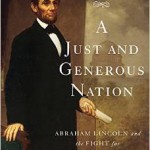 Having already bought it beforehand, I took advantage of the conference to bring my copy of Harold Holzer’s new book
Having already bought it beforehand, I took advantage of the conference to bring my copy of Harold Holzer’s new book  Climate change has already shown impacts not only on the world’s temperatures but on ocean acidification, sea level rise, and effects on plant and animal migration behaviors, among others. The Dake Page periodically reviews science-related books.It isn’t clear whether the impacts noted in Fire in the Turtle House are related to climate change or some other cause, but it reflects how quickly disruptions can result in catastrophic impacts on wildlife. What follows is a short review of
Climate change has already shown impacts not only on the world’s temperatures but on ocean acidification, sea level rise, and effects on plant and animal migration behaviors, among others. The Dake Page periodically reviews science-related books.It isn’t clear whether the impacts noted in Fire in the Turtle House are related to climate change or some other cause, but it reflects how quickly disruptions can result in catastrophic impacts on wildlife. What follows is a short review of 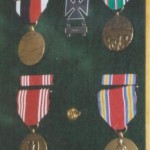 Soon my parents will be visiting from New England. They will spend a few days with me, then a few days with my brother who lives about 20 minutes away. The visit has become an annual event since my return from living overseas, not counting the year of Dad’s major heart surgery.
Soon my parents will be visiting from New England. They will spend a few days with me, then a few days with my brother who lives about 20 minutes away. The visit has become an annual event since my return from living overseas, not counting the year of Dad’s major heart surgery.






